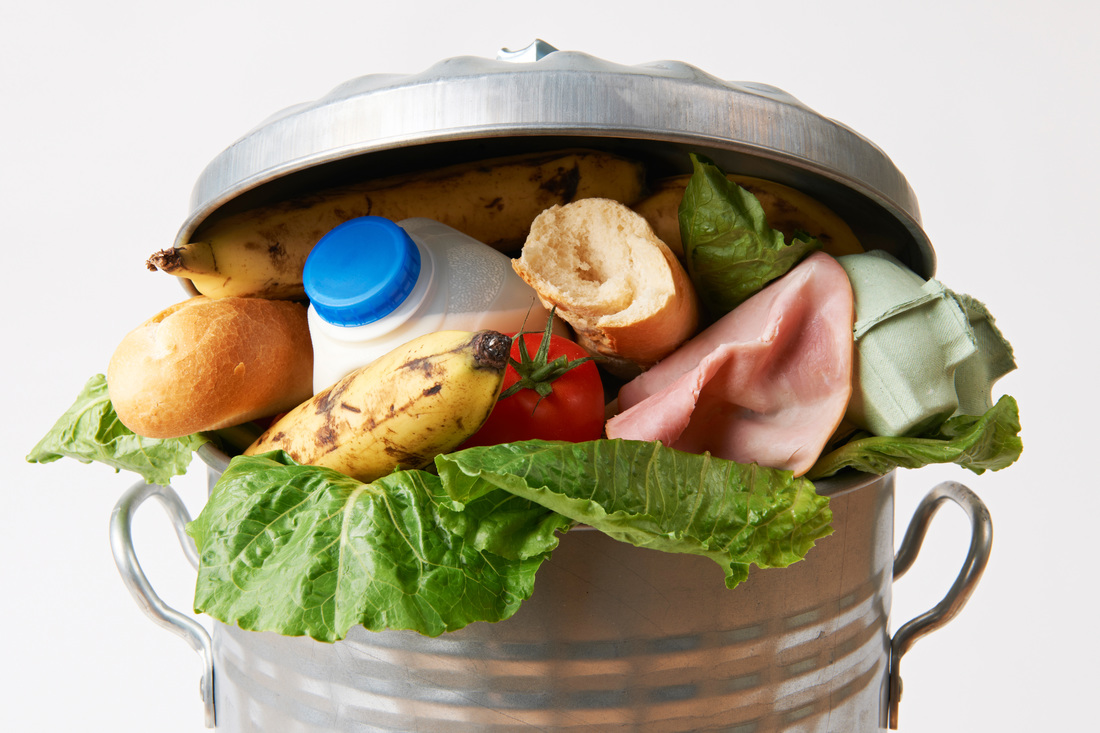|
We’ve talked about food systems on our blog before, and its likely you’ve seen many efforts to donate to and highlight one component of our local food system: emergency food programs.
You already know that the food system refers to the production of food, policies surrounding food in communities, and our consumption habits. But what happens when our food system is not sustainable or equitable and cannot provide enough food for everyone? Unfortunately, this is the reality across America and the world today.
0 Comments
Last week, we talked about a central part of our work here at Pinnacle Prevention: food systems in Arizona. Our team has a vision for healthy communities across our state, and our primary way of achieving these food system goals is through systems change.
In general, systems change represents a shift in the way communities make decisions about services and programs, as well as the ways these services are delivered to citizens. This shift is made possible through partnerships and collaboration across communities, including direct community input, stakeholders and agencies. Systems change creates lasting impact on multiple levels of influence. Here at Pinnacle Prevention, much of our work revolves around local food systems in Arizona. We are all part of the food system, though most of us don’t realize it. The food system is comprised of nearly every aspect of food, including the environment in which it is grown, production, demand, processing, transport, and where it is consumed and disposed. Each and every component is complex in its own right. Our mission is to encourage and build healthy, sustainable food systems in our state and communities.
Families in America throw away about 25 percent of the food they buy, often because of expiration dates on food packaging. For an average family of four, this waste is between $1,365 and $2,275 of lost grocery money every year.
Many of us rely on these labels to tell us when it’s time to toss our food, but these labels are actually leading to a huge amount of perfectly edible food being wasted every year. Did you know that grocery stores across the country throw away thousands of pounds of perfectly edible food every year? Over 25 percent of edible produce ends up in the trash each year, often because it does not meet the beauty standards that Americans have come to expect from our fresh finds.
Fresh and perfectly edible carrots, potatoes, peppers and more are picked around and tossed out based on appearance — all while one in six Americans does not have a secure supply of food. Millions of pounds of food end up rotting in landfills, producing harmful methane emissions.
We waste billions of pounds of food in the U.S. every year. Grocery stores throw away produce that isn’t pretty enough to buy, consumers purchase more food than we can eat, and we toss out items before they are really spoiled.
Reducing our food waste by just 15 percent would save enough food to feed 25 million people every year. Stay tuned to learn more about how you can do your part to make a difference, support the Earth and feed the hungry. Here at Pinnacle Prevention, we focus on positive approaches to healthy living rather than weight-loss goals or counting calories. When it comes to weight and body image, that means shifting the focus from scales and diets to mindful eating, nutrition and establishing healthy relationships with food.
|
Pinnacle Prevention BlogFollow our blog for tips, insights and conversations about healthy living. Archives
August 2023
Categories
All
|









